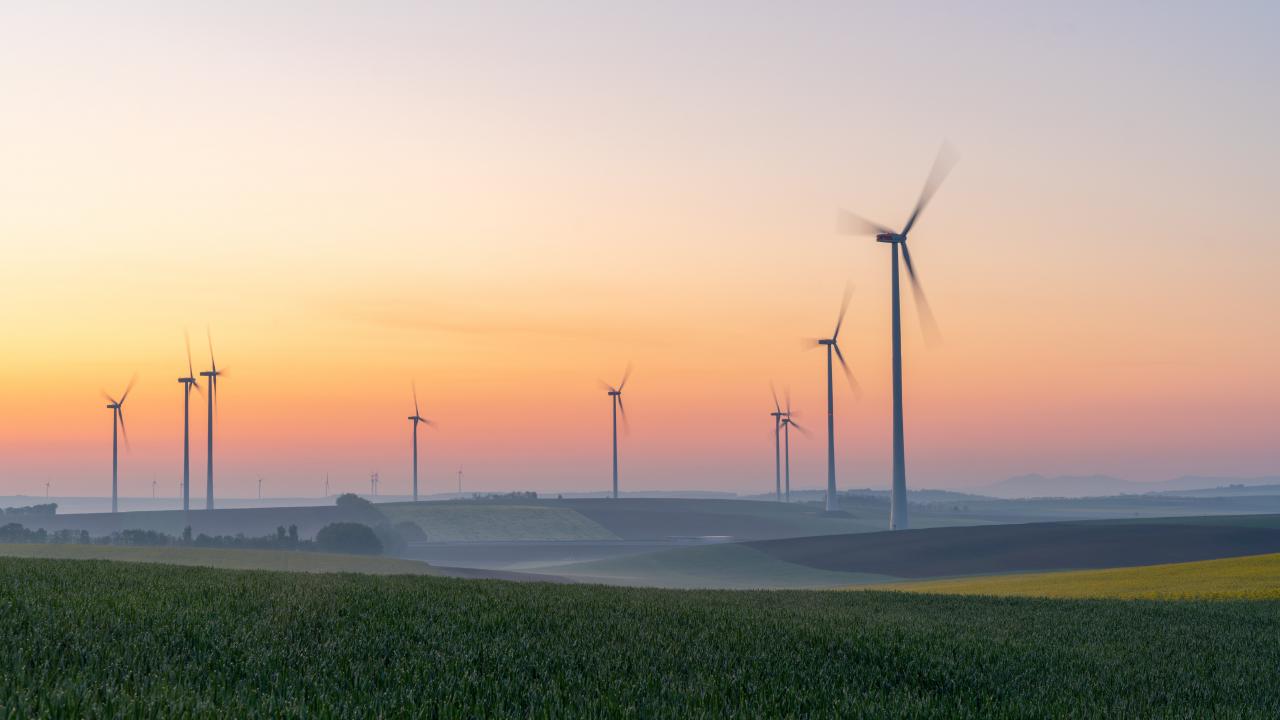Rural electric cooperatives have developed some of the largest and most advanced renewable energy projects in the country. To maintain that momentum, rural communities need to find strategies that ensure clean energy transition happens with them, not to them. On their most recent episode, CoBank’s Teri Viswanath and Tamra Reynolds spoke with Keith Taylor, Assistant Economic Development Specialist in Cooperative Extension from the University of California, Davis, and Gabriel Chan of the University of Minnesota to understand how clean energy can be equitably developed for rural communities.
They opened the podcast by discussing the cost impacts for rural communities and how they could be combated for a smoother transition to clean energy.
“Rural communities could own the solar, the wind, support system, this sort of thing so that while urban areas are purchasing the energy and consuming it, we're drawing resources back to rural areas,” said Taylor.
Chan added, "How do we maintain reliability? Cooperatives have a unique role to play here as community serving utilities.”
“We’re really looking at the co-op business network, or in other words the support system, as an opportunity to double down to really enhance the economic impact of electric cooperatives,” — Taylor
The podcast also discussed the importance of co-ops being able to work together to help rural communities better transition.
Taylor also talked about how multi-level governance can help take innovations at the local level and scale them into a support system that can be disseminated throughout the co-op world. "So, we think yes, the distribution co-ops are the very core, the very foundation of the system, and let’s make sure all of our distribution co-ops are super strong and they're developing great new technologies and new innovations. I also want electric cooperatives to think more aggressively still. How can they help out investor-owned utilities and municipals that aren't competing against them, and think of ways to improve their service?”
“I think that it's a great framing exercise as a simple approach, but it's one that also demonstrates that public policy dollars, bundled through the electric co-op system, can go much further, for reasons of the structure of the system, the ownership, the cost-plus net for-profit orientation of the co-op as well. I would really like to see electric cooperatives vying for the infrastructure, and in doing so, bragging about what the impact is.”
Listen to the full podcast episode here.
Media Resources
Hayley Morris, UC Davis Media Relations Intern, posted this blog.
